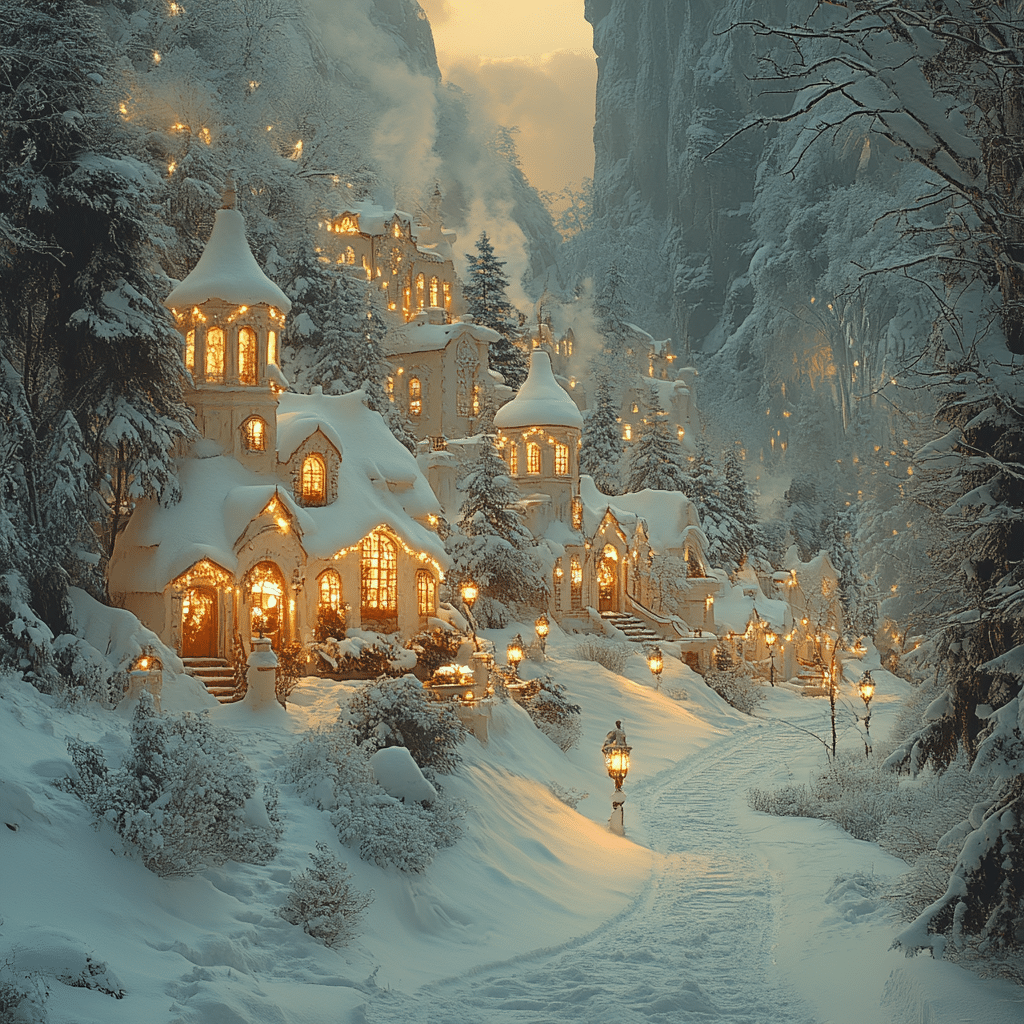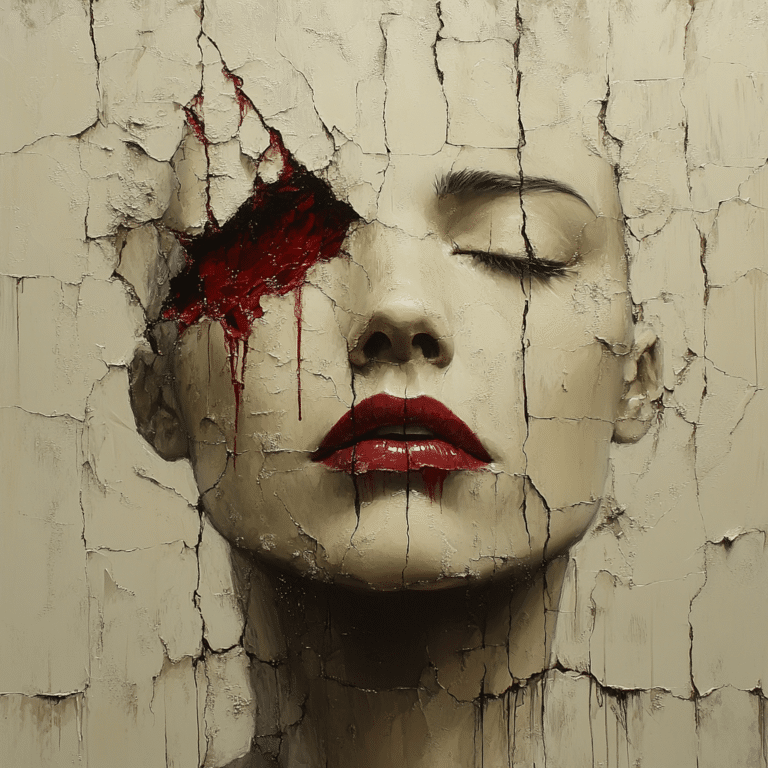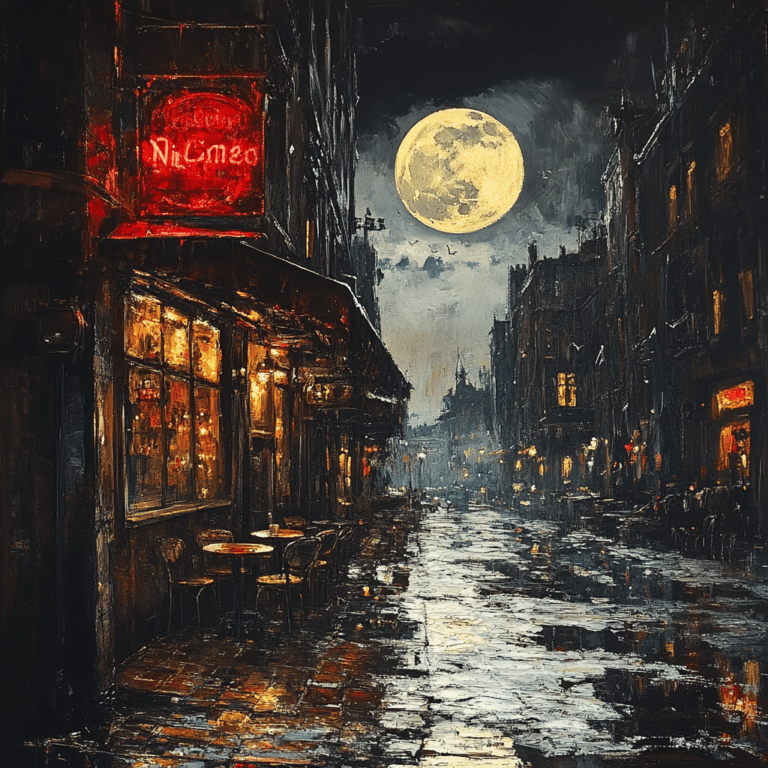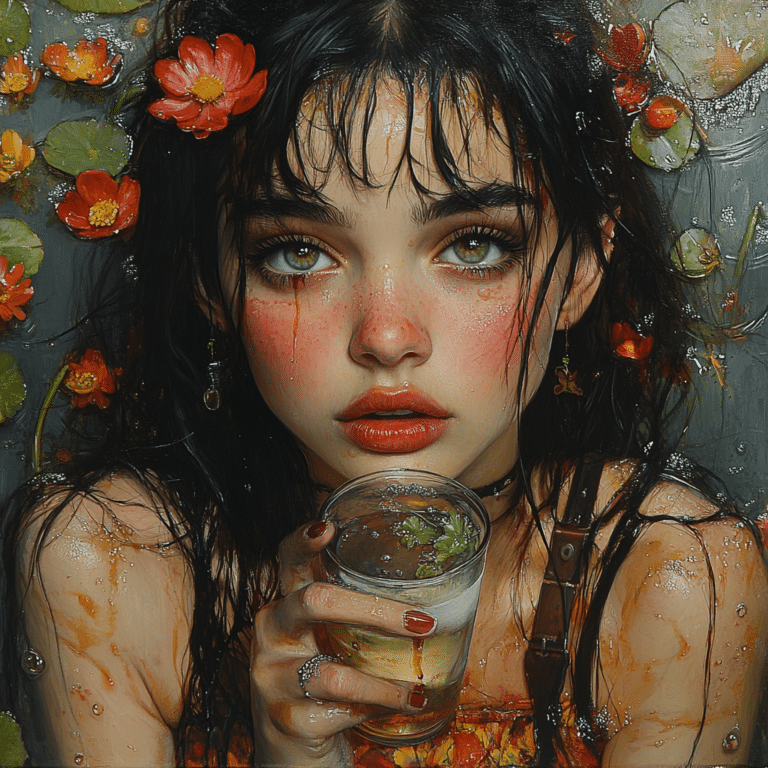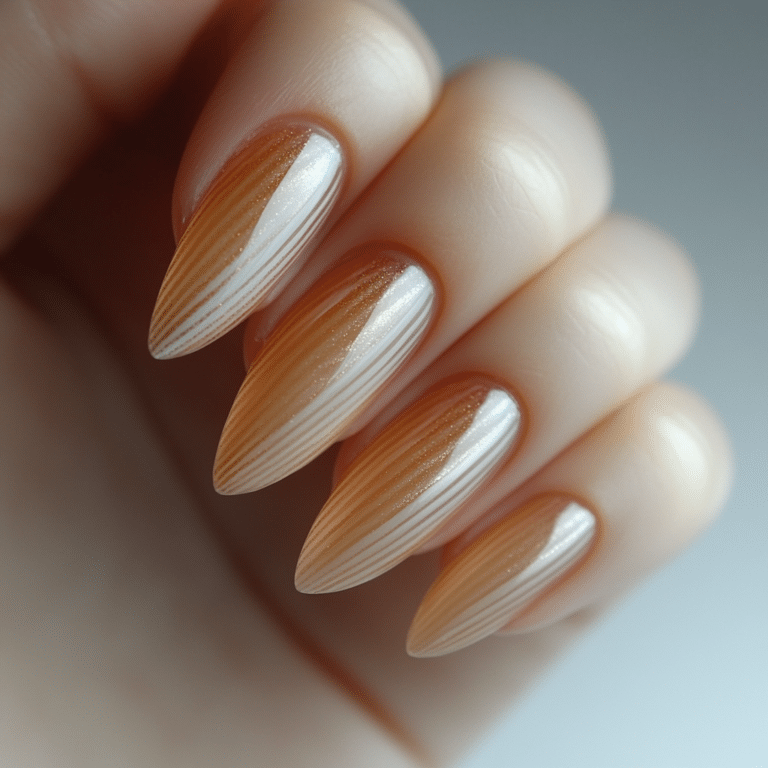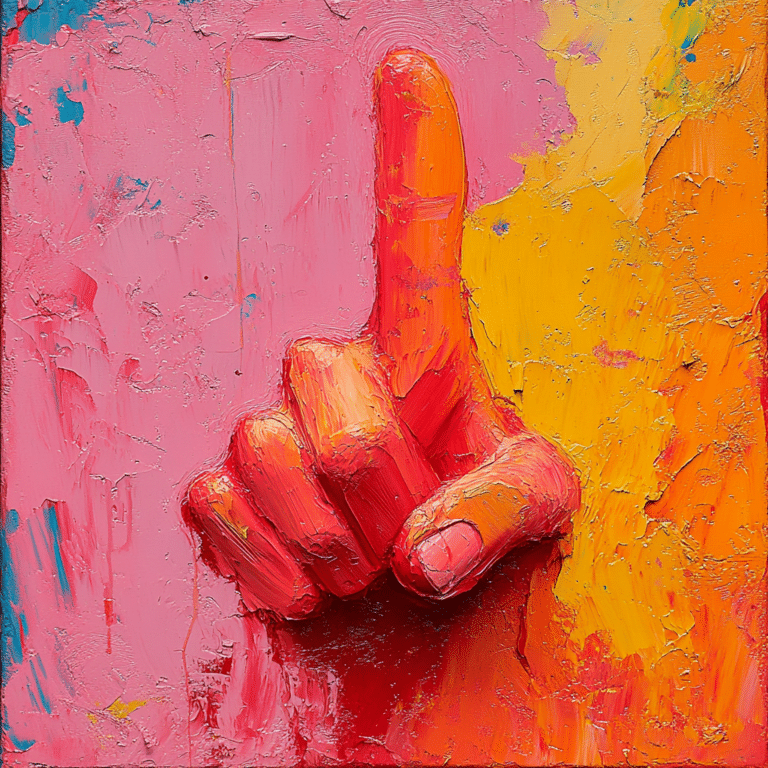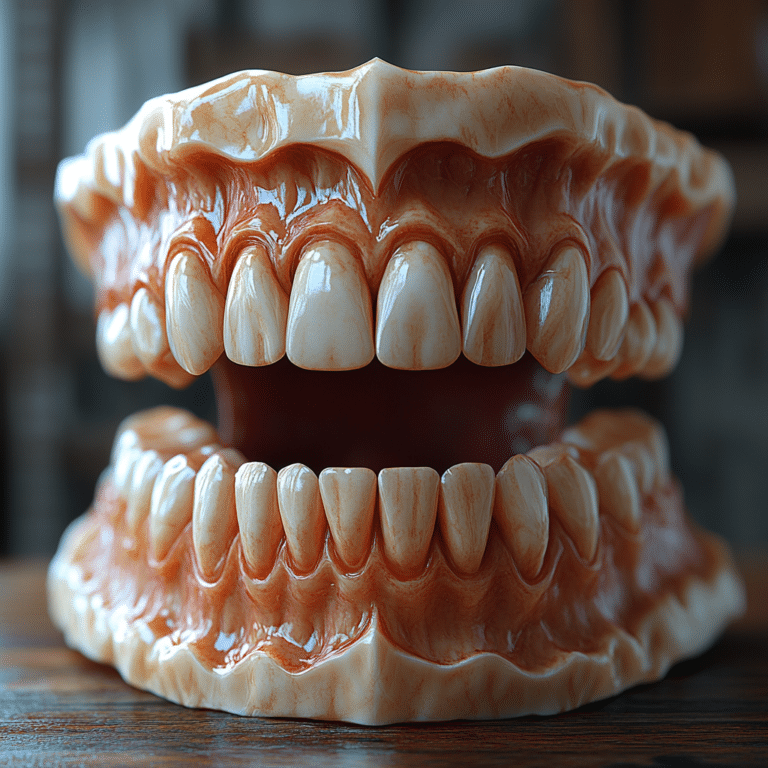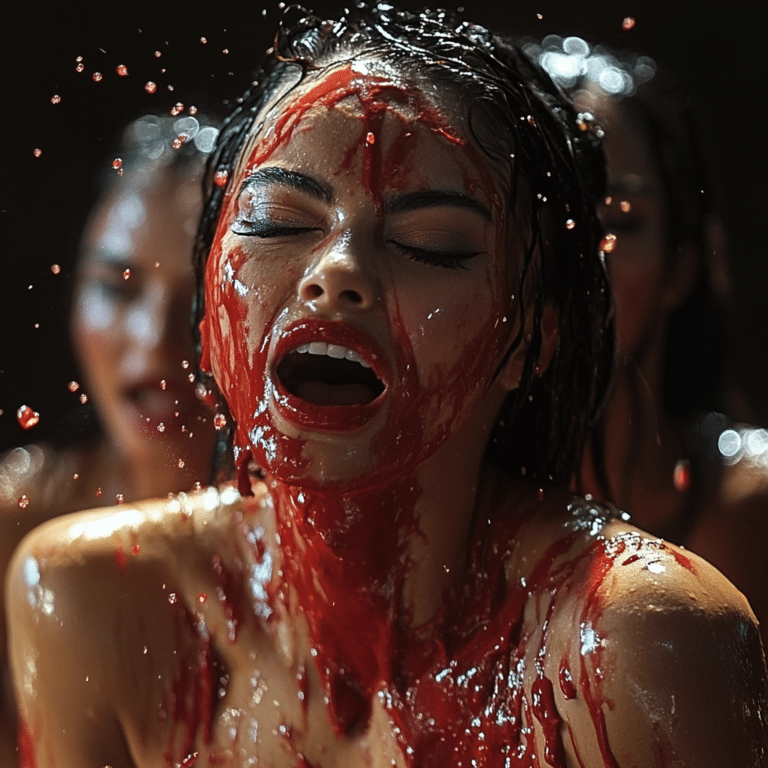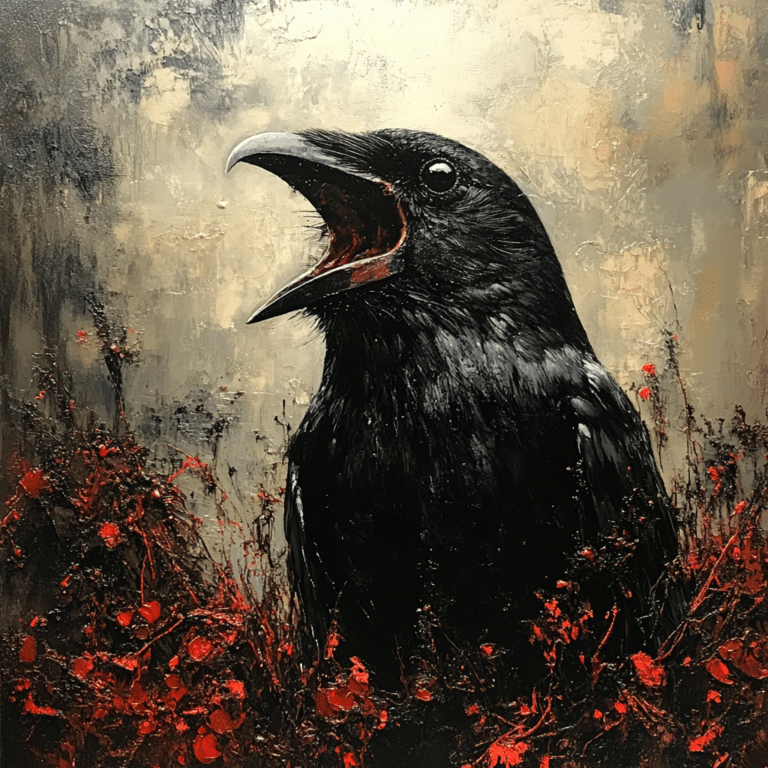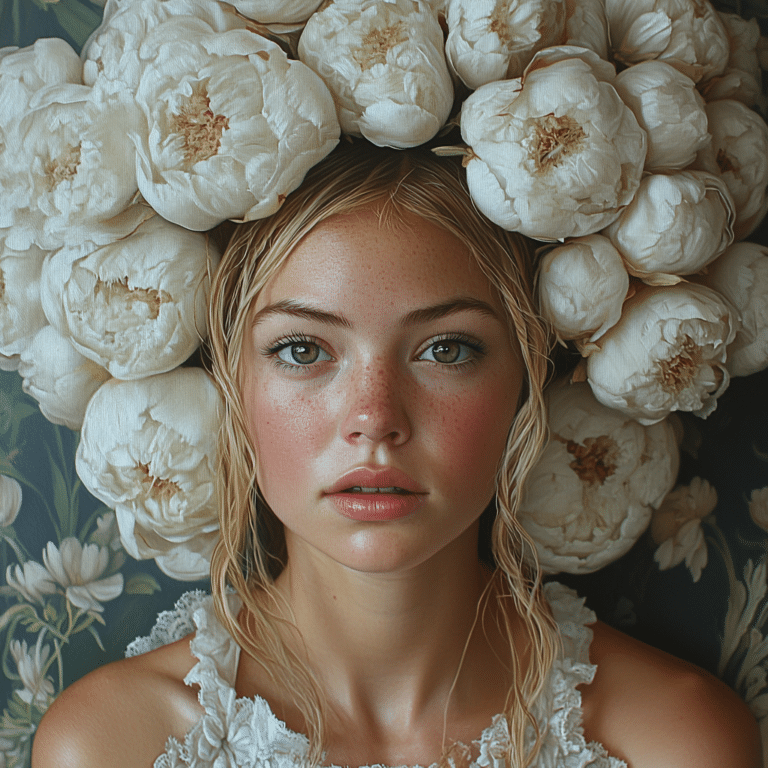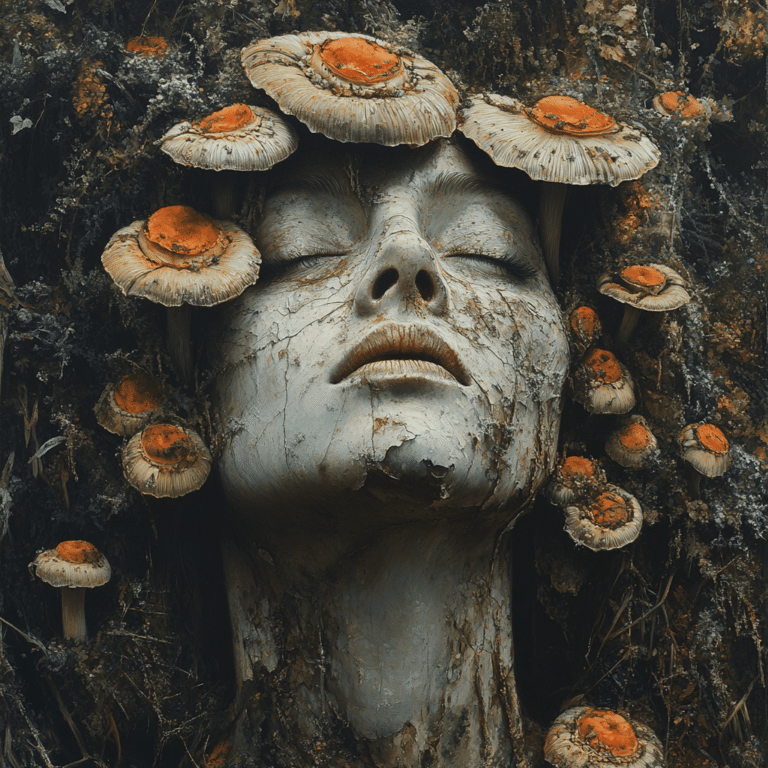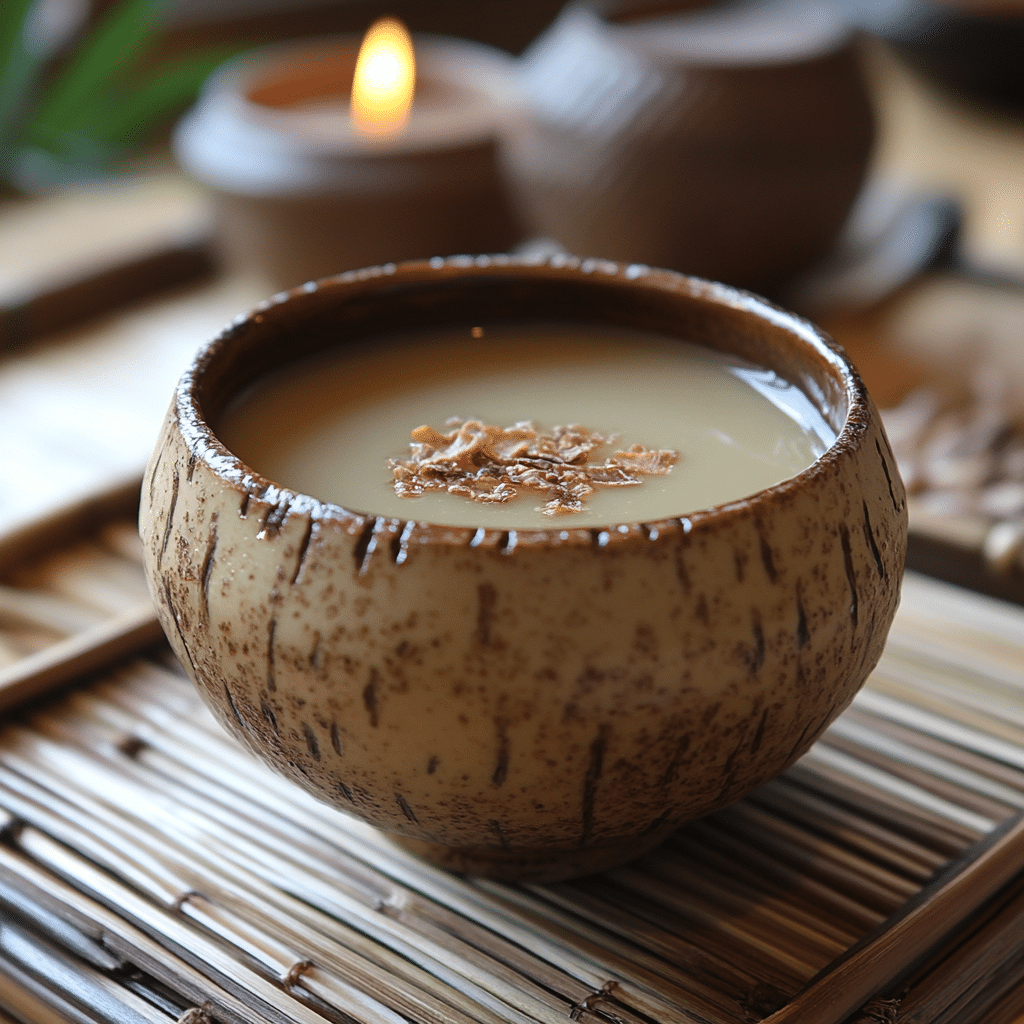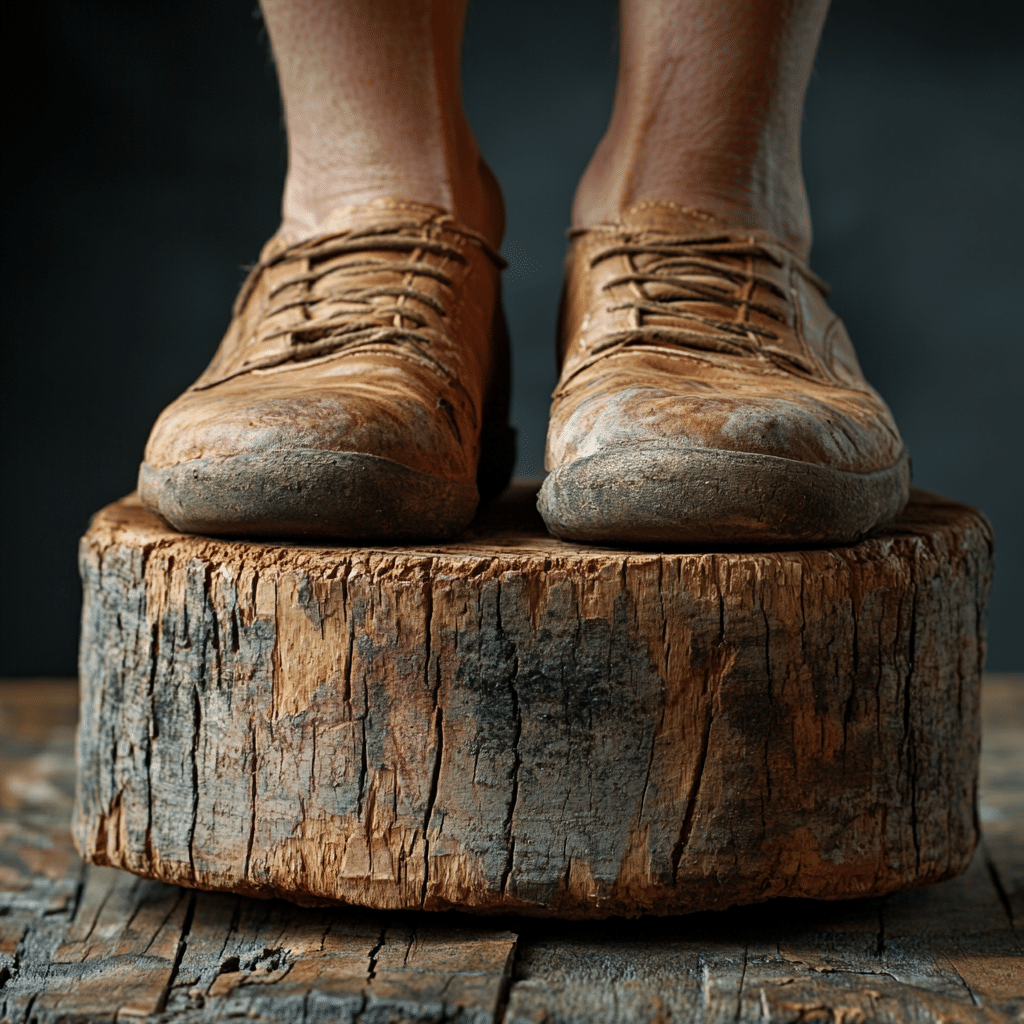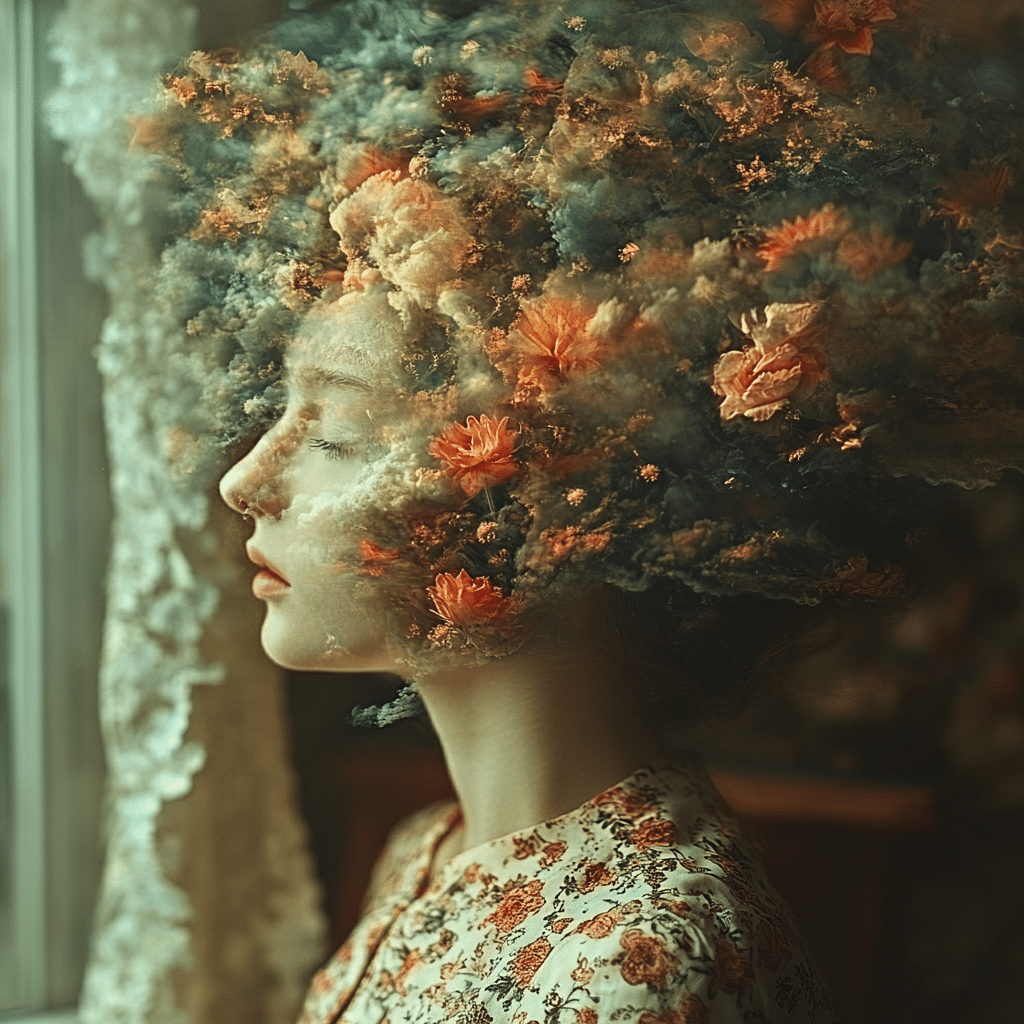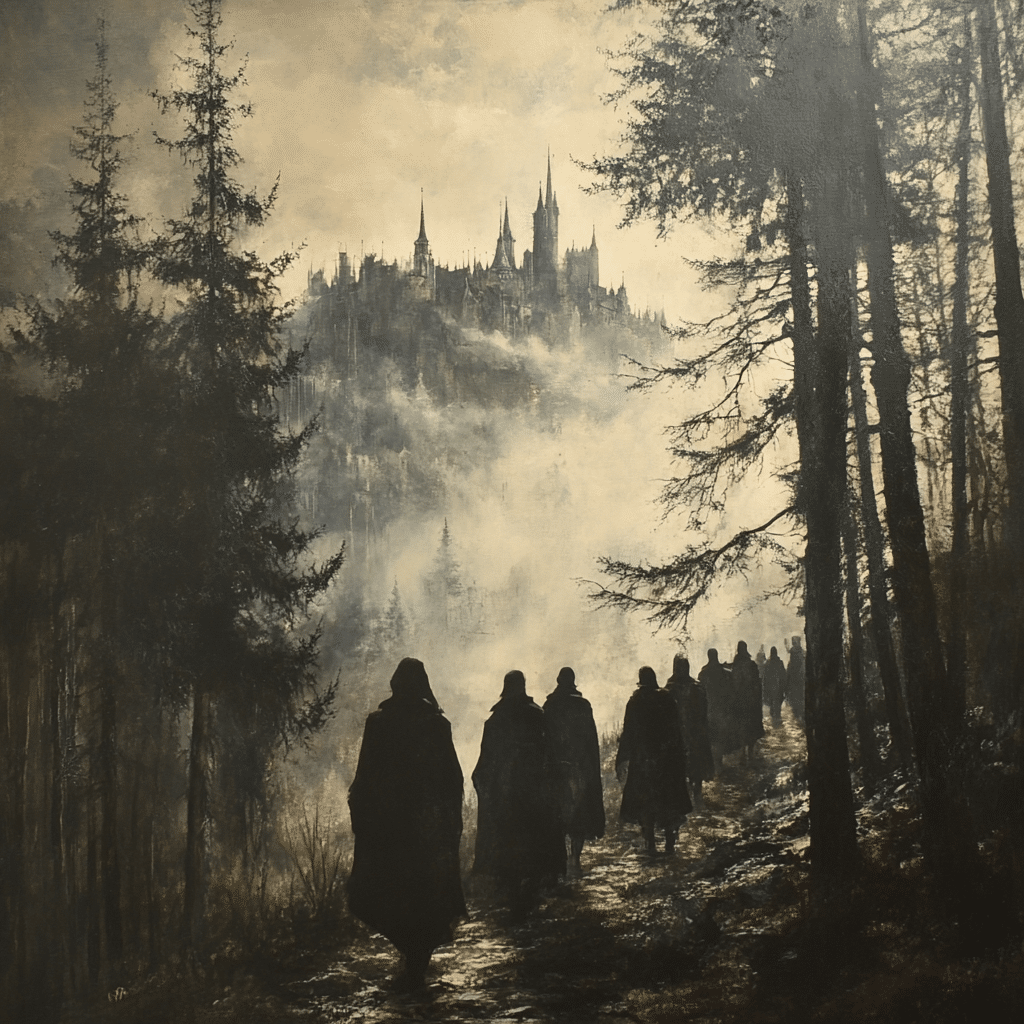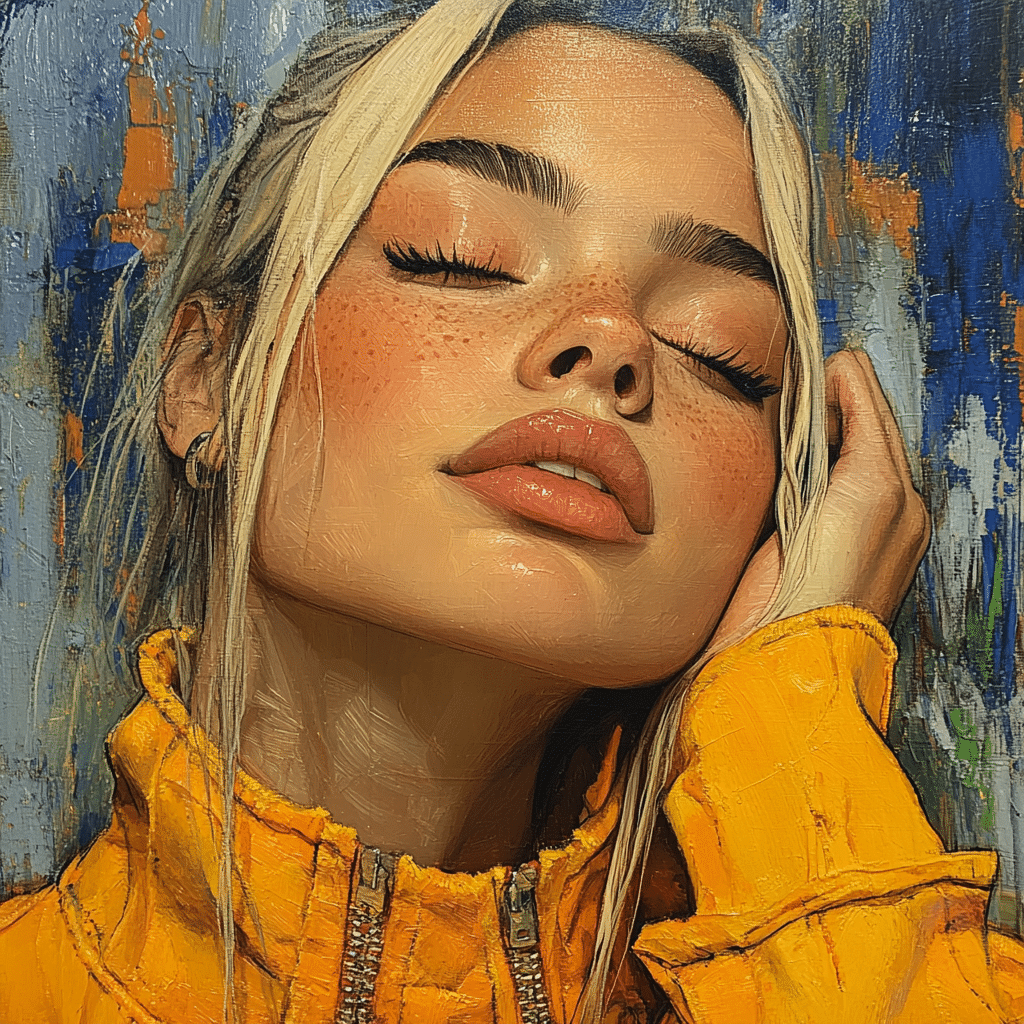Visual snow is a neurological condition that can throw a wrench in your daily life, affecting how your brain processes what you see. Imagine peering at a static-filled television screen that blurs everything you look at—that’s what it’s like. This article dives deep into the intricacies of visual snow, examining its symptoms and effects while highlighting the latest research findings to improve understanding of this bewildering condition.
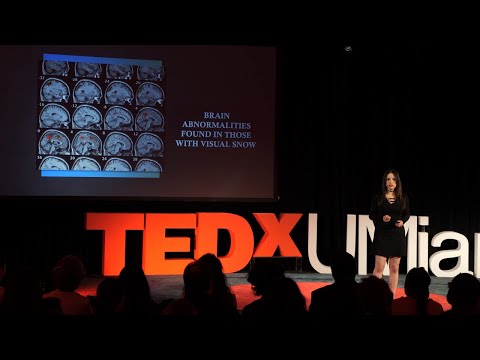
Top 7 Symptoms of Visual Snow You Should Be Aware Of
If you’re suffering from visual snow, you might see a continuous shroud of “static” over everything—a distraction that can drive you mad. This constant visual disturbance can make even the most mundane activities feel like a Herculean challenge. It’s like trying to hit the gym with the radio blasting distracting tunes—it’s tough to stay focused!
Light sensitivity is a significant hiccup for many with visual snow. Just imagine stepping into a bright room or out under the scorching sun, only to have your eyes scream in protest. This sensitivity can take a toll on your ability to function, turning social outings into flash-fests of discomfort.
Ever noticed those afterimages lingering when someone waves their hand? Those with visual snow often experience trails that create a kaleidoscope effect as objects move. This effect can muddle your perception and make activities like driving feel like a tightrope walk without a safety net.
Have you ever been in a room where the brightness feels like it’s fluctuating? That’s a reality for many with visual snow. These sudden shifts can throw a wrench in the way you perceive your environment, creating a disorienting experience that feels like chasing shadows.
Visual disturbances don’t just stick to the center of your sight—they can invade your peripheral vision too. This wider impact means that focusing on any task becomes a juggling act. Imagine trying to lift weights at the gym while being bombarded by distractions on all sides—it’s tough!
If you struggle with visual snow, night blindness may also play a role. The combination of visual disturbances and low-light difficulties can turn a simple walk in the dark into an obstacle course. You might trip over your own feet or battle to recognize friends in dimly lit bars.
Many individuals with visual snow also deal with migraines, which compound the visual disturbances. These intense headaches can be brutal, adding an extra layer of struggle to daily life. It’s like trying to crank out reps in a gym session while battling a relentless hangover—no fun, my friends!
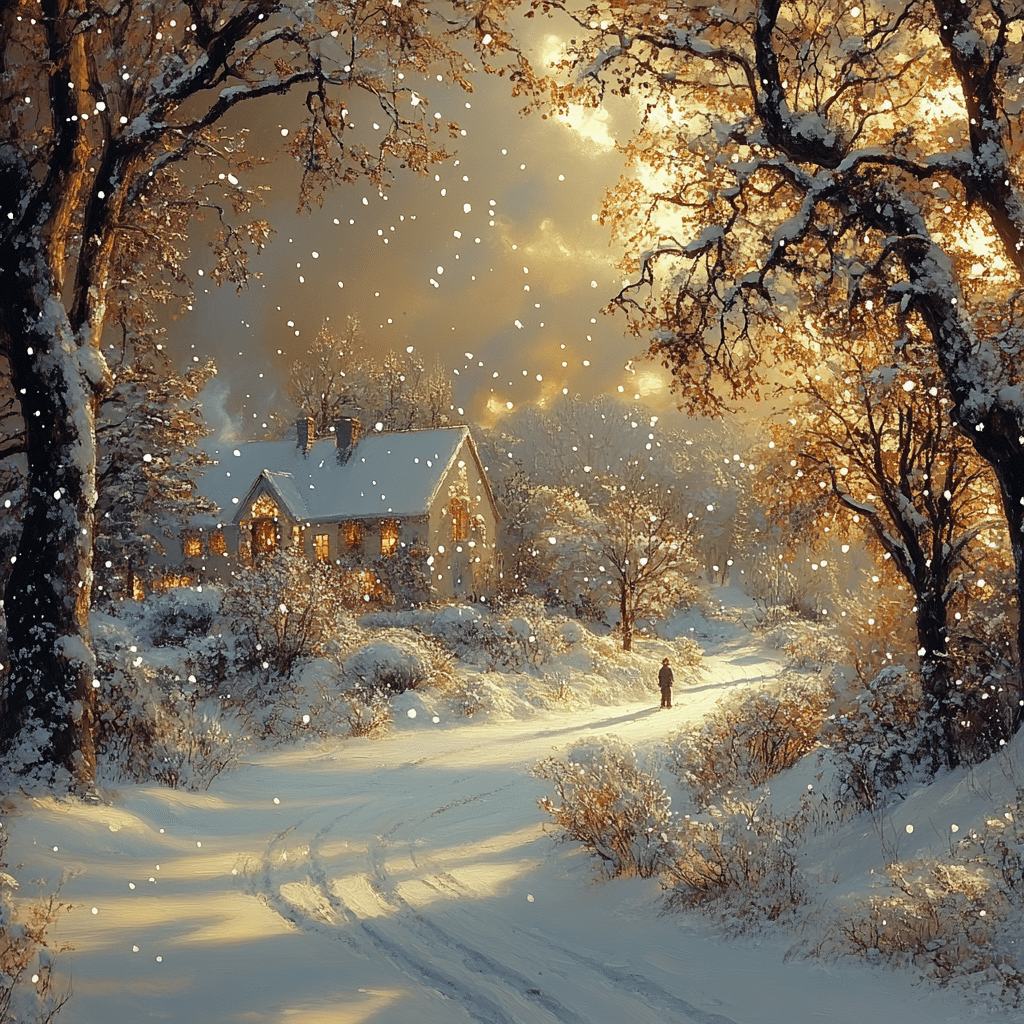
Understanding the Effects of Visual Snow on Daily Life
The impacts of visual snow stretch far beyond just visual disturbances. Many individuals find their quality of life significantly affected:
Living with visual snow can chip away at your mental health. Those plagued by this condition often grapple with anxiety and depression due to feeling isolated and misunderstood. Navigating a world that doesn’t quite “get it” can feel like being in a boxing ring without any gloves, constantly on the defensive.
The light sensitivity and visual disturbances can make social situations feel daunting. Many choose to withdraw from events, leaving them feeling even more isolated—a vicious cycle that can spiral into deeper mental health issues. Staying home seems easier than facing a potentially overwhelming crowd.
Some folks report having trouble concentrating or completing basic tasks thanks to the distractions posed by visual noise. Whether you’re grinding away at work or hitting the books, daily functions can feel like running a marathon without training—hard and exhausting!
To cope, many individuals adjust their environments. For example, products like Aquaphor can serve as a protective barrier against bright lights, reducing glare and irritation. It’s all about finding crafty solutions to manage symptoms while still pushing through the day.
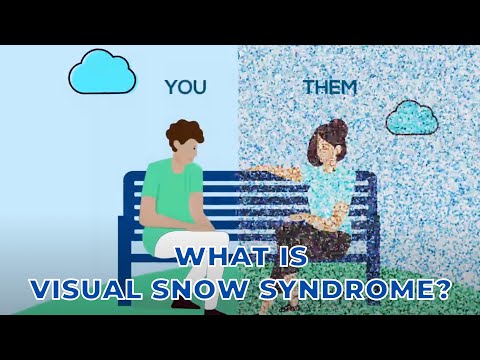
Addressing Visual Snow: Current Research and Innovations
Research into visual snow is picking up steam as we strive to understand and manage it better. Current initiatives, like those sponsored by Transparent Labs, look into the efficacy of various supplements and dietary changes in easing symptoms. Emerging findings hint that certain antioxidants and vitamins may help enhance visual processing, but let’s be real—there’s a lot more digging to do.
Moreover, neuromodulation techniques, such as transcranial magnetic stimulation (TMS), are being explored to reset the neural pathways that contribute to visual disturbances. This could be a game changer for folks looking to find relief!
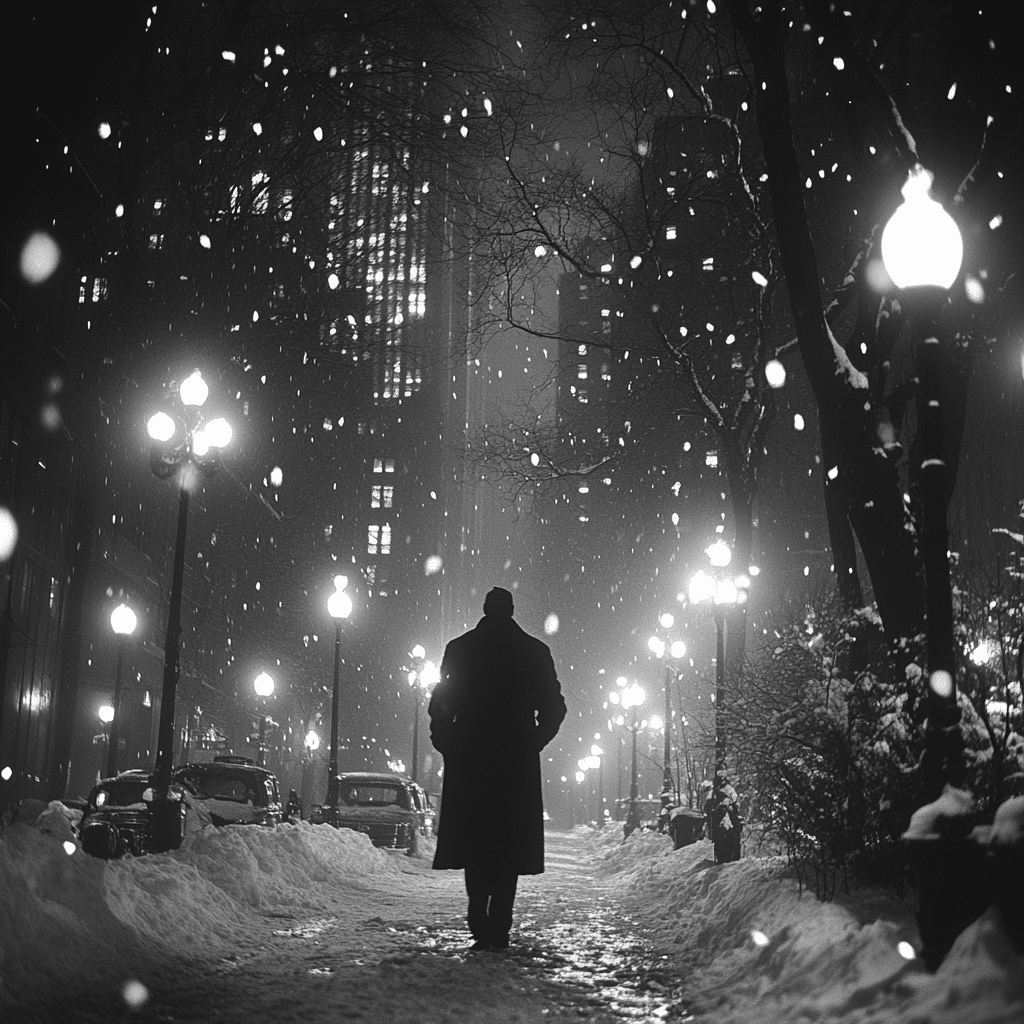
Innovations in Coping Mechanisms
In addition to healthcare innovations, people are getting creative when it comes to coping with visual snow. For example, blue light-blocking glasses have gained traction—perfect for those staring at screens for hours on end. These glasses can help reduce glare and make life a bit easier.
On another note, many folks have turned to mindfulness and meditation as a means to manage anxiety tied to visual snow. Practicing mindfulness can sharpen your awareness of the environment, perhaps softening the intensity of visual distractions.
Creating Community Awareness
Raising community awareness and fostering a supportive environment for those with visual snow is crucial. Patient advocacy groups and online forums offer safe havens for sharing experiences and strategies for coping. By shining a light on visual snow, we can dismantle the misunderstandings that often surround this condition.
In a nutshell, visual snow remains a challenging and often misunderstood condition. Continued research and awareness might pave the way for improved quality of life for those affected. With more understanding, individuals can find paths to navigate their daily hurdles while managing the intriguing complexities of visual snow. Whether you’re hitting the gym or pursuing new challenges, don’t let this condition hold you back—get out there, sweat it out, and strive to be your best self!
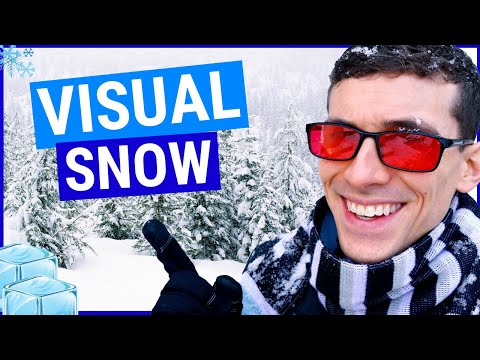
Visual Snow: Fun Trivia and Interesting Facts You Need to Know
Unpacking Visual Snow’s Mystique
Visual snow isn’t just a quirky term; it’s a condition characterized by a persistent perception of tiny dots similar to white noise on a TV screen. Interestingly, it’s estimated that about 1 in 100 people experience visual snow to varying degrees. A little like catching an accidental glimpse of a ghost in your peripheral vision, this phenomenon can range from mildly annoying to incredibly disruptive. Many who endure visual snow also report other sensory effects, akin to how a b12 shot might invigorate a person dealing with fatigue.
Cultural Tidbits and Comparisons
Did you know that visual snow has popped its head up in pop culture? Some creators, like the noted filmmaker Luis Fernando Diaz, have captured the disorienting essence of visual disturbances in their art. If you’ve seen flickering visuals or a haze during a movie or musical performance, you might have had a taste of what visual snow is like. It feels a bit like staring at a scene through a voice box; there’s a distortion that may not capture the full picture. As researchers delve deeper into what causes visual snow, it’s clear we’re paralleling our understanding of other sensory experiences.
Living with Visual Snow
For those who live with visual snow, everyday tasks can be a challenge. The experience isn’t unlike worrying about your lakeview mortgage login when your focus is elsewhere, making the simplest activities feel daunting. Moreover, some people have had to alter their lifestyle choices, seeking strategies to cope, not unlike a driver looking for the best ev 2024 to navigate the roads ahead. Despite these challenges, many find comfort in communities and resources dedicated to spreading awareness, helping those affected feel less alone in their experiences. Keep an eye out; this is a condition that deserves attention!
